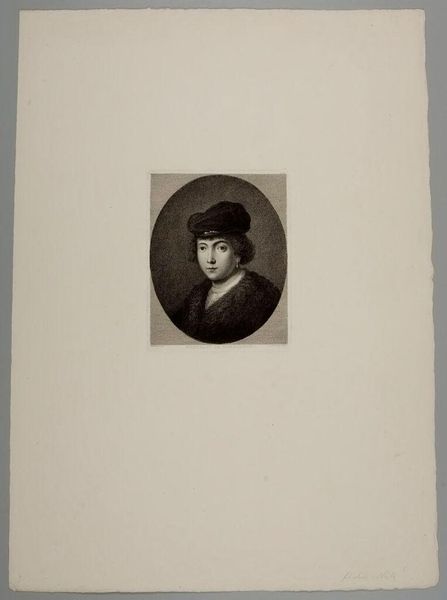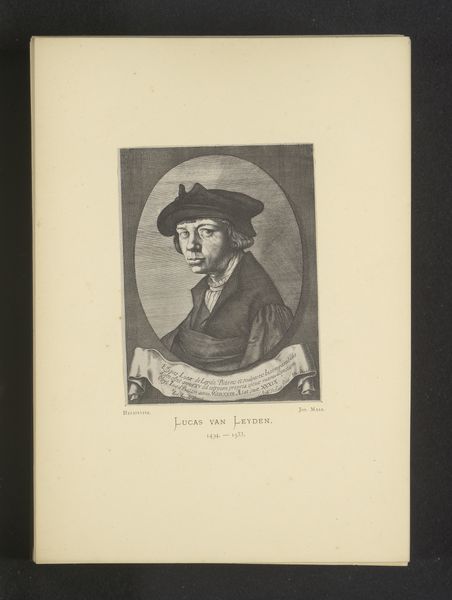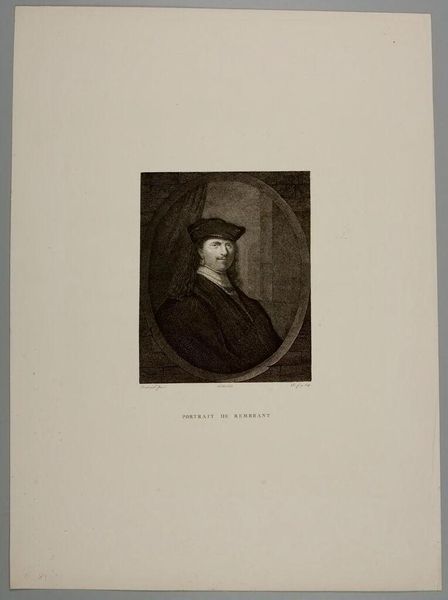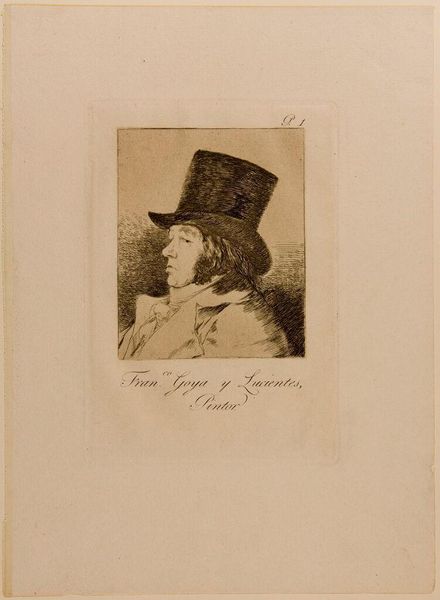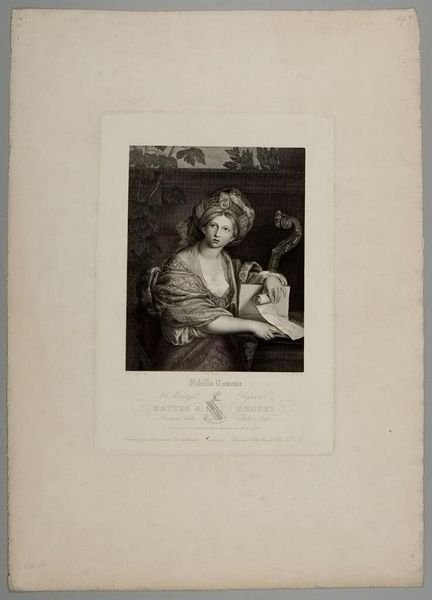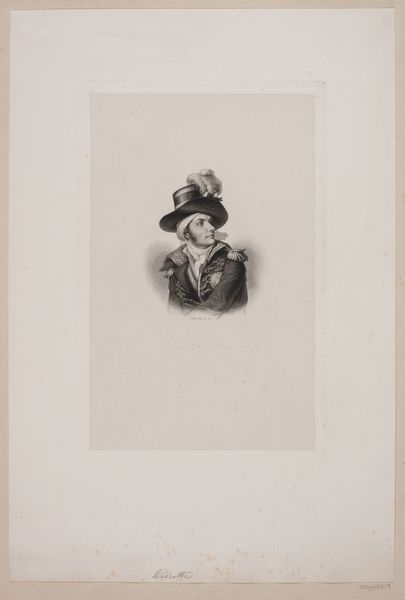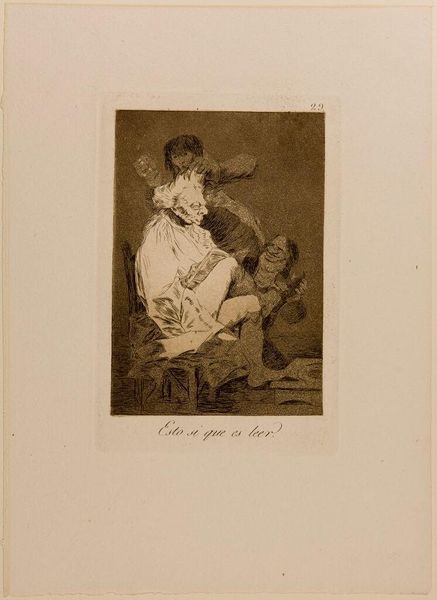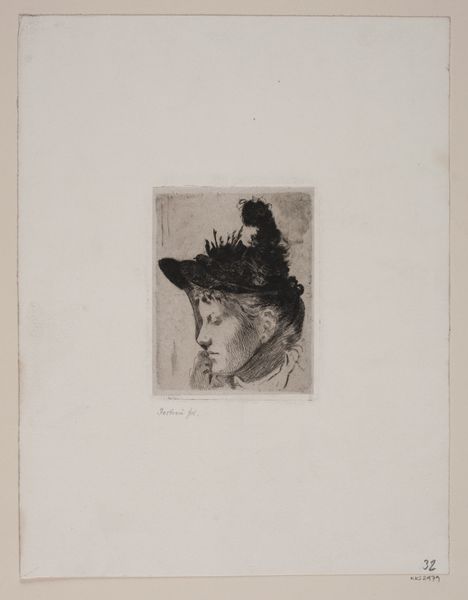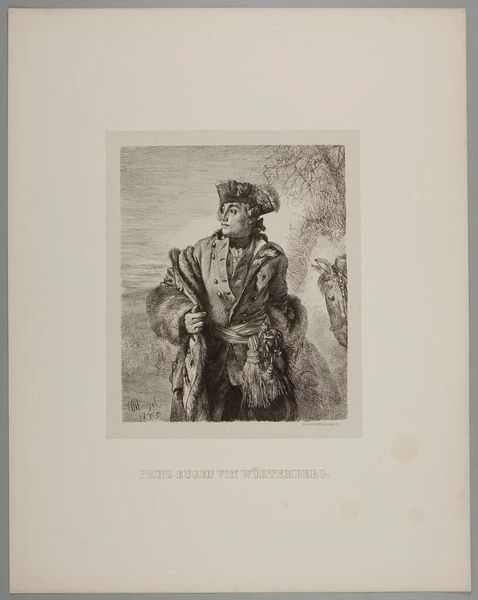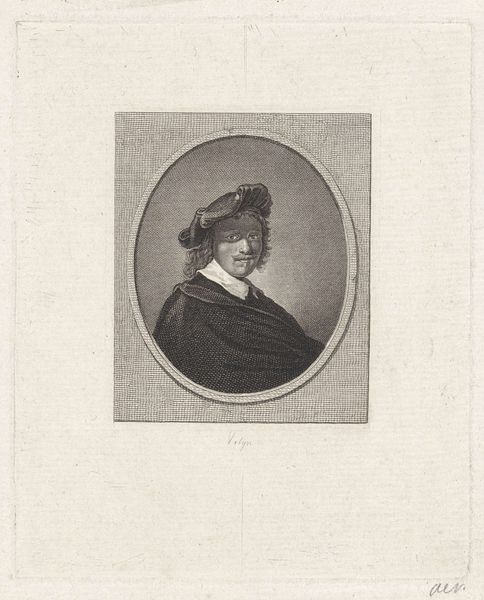
Copyright: CC0 1.0
Editor: So, this is "Rembrandt as an Officer" by Francesco Rosaspina. I'm struck by how Rosaspina, who lived much later than Rembrandt, chose to depict him. What can you tell me about the motivations behind this kind of historical portrait? Curator: It speaks to the enduring power of Rembrandt's image, doesn't it? Rosaspina's choice, created in the late 18th-early 19th century, taps into a burgeoning romantic interest in the Old Masters. The "officer" guise suggests a desire to elevate Rembrandt's status, associating him with nobility and military prowess. How does this image help to cement Rembrandt's legacy and what stories were being told about artists at this time? Editor: That's fascinating! It's like Rosaspina is trying to make Rembrandt fit a certain heroic ideal. Curator: Exactly! It’s about crafting and controlling the narrative of artistic genius for a specific audience and within specific social structures. I am thankful to have the chance to talk about it.
Comments
No comments
Be the first to comment and join the conversation on the ultimate creative platform.

